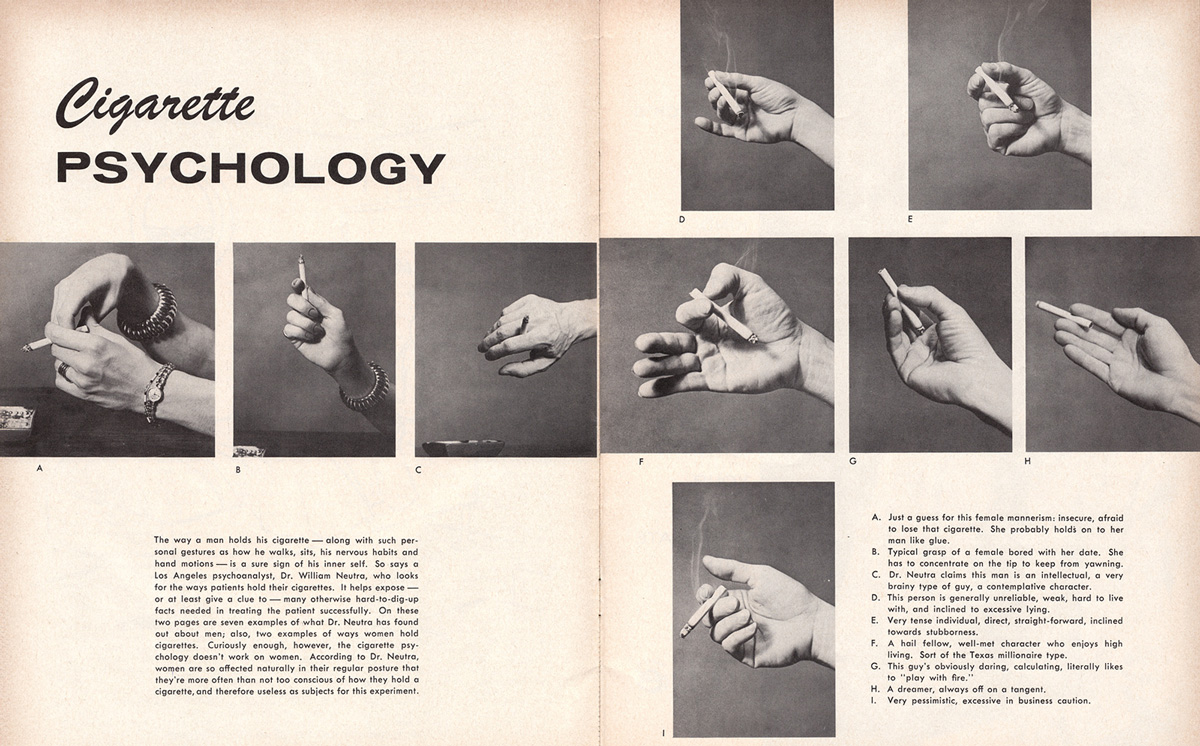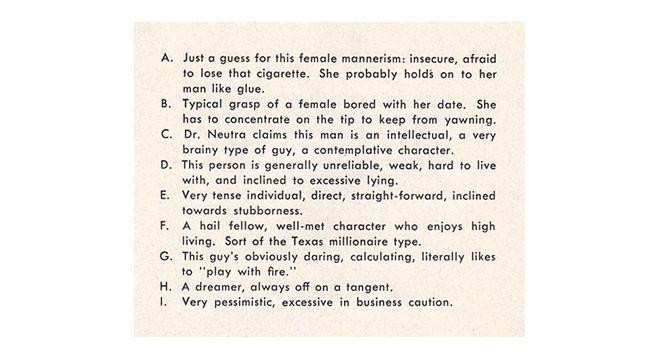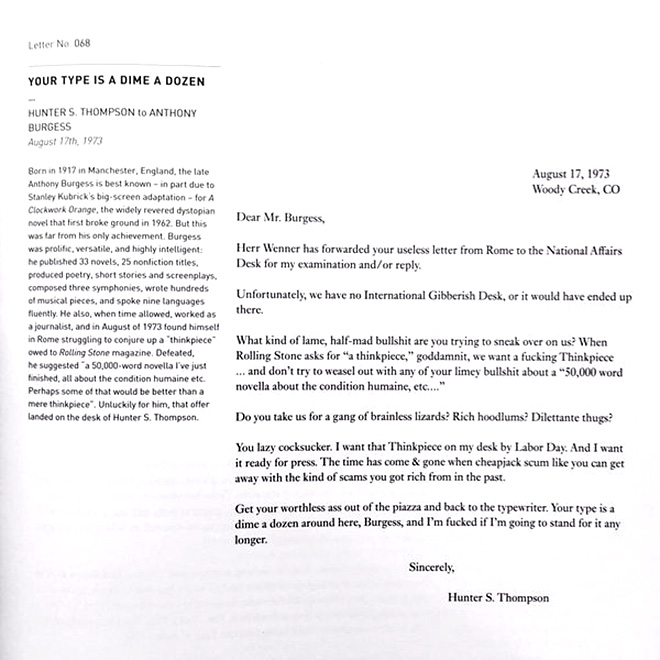‘It is only as an aesthetic phenomenon that life and existence are eternally justified.’ —Nietzsche

Given that the fictional narratives found in novels, movies, and television shows enjoy wide public consumption, memorably convey information, minimize counter-arguing, and often emphasize politically-relevant themes, we argue that greater scholarly attention must be paid to theorizing and measuring how fiction affects political attitudes.
We argue for a genre-based approach for studying fiction effects, and apply it to the popular dystopian genre.
Results across three experiments are striking: we find consistent evidence that dystopian narratives enhance the willingness to justify radical—especially violent—forms of political action. […]
Our research not only reinforces past work showing that people often fail to distinguish between fact and fiction in learning about the world, but also illustrates that the lessons of fiction may not be what they seem. […] Rather than creating political cynicism in readers and viewers or showing them that girls can be powerful too—both lessons that are at this point probably amply supplied by the American news media and lived experience—dystopian fiction seems to be teaching them a more subtle and perhaps more concerning message: that violence and illegal activities may be both legitimate and necessary to pursue justice. Dystopian fiction appears to subtly expand the political imagination of viewers and readers to encompass a range of scenarios outside the normal realm of democratic politics, and what people then consider reasonable and thinkable appears to expand accordingly.
These results should also highlight the peril for political scientists in assuming that fiction is just entertainment. The stories we tell ourselves have profound implications for how we think about political ethics and political possibilities, and as scholars of politics, we can and should do more to map out the effects of politically-inflected fiction and entertainment.
still { Harriet Andersson in Ingmar Bergman’s Summer with Monika, 1953 }





















